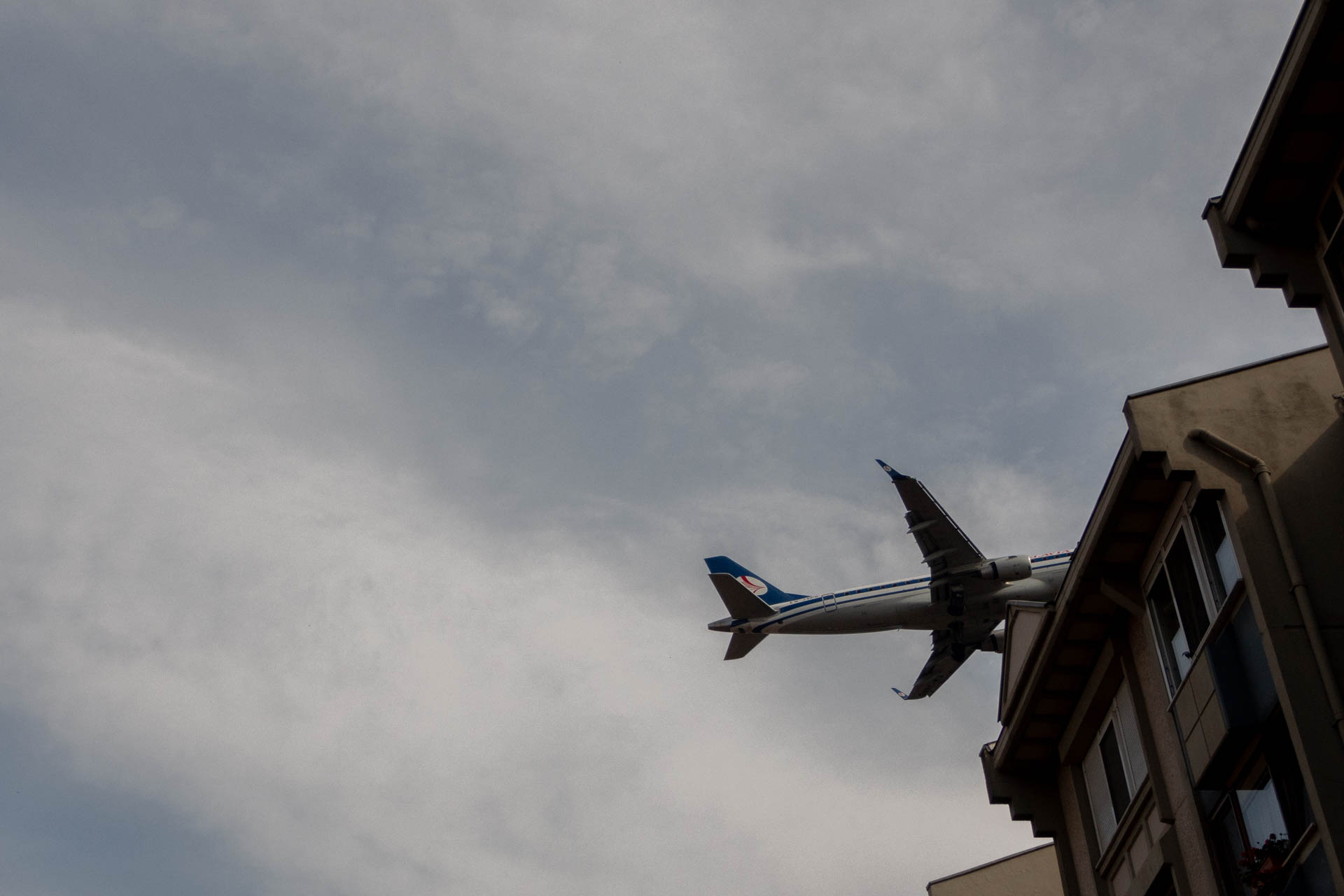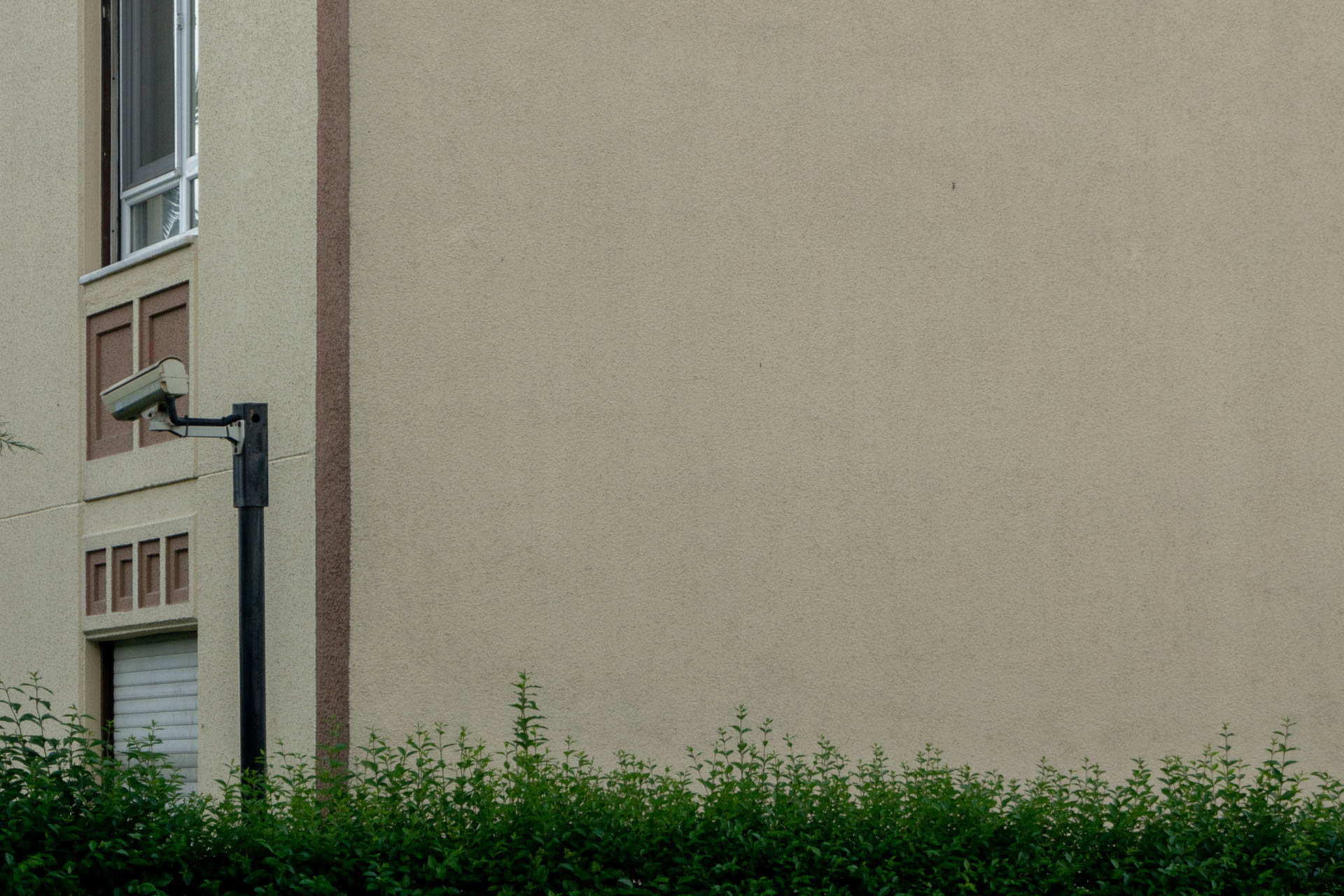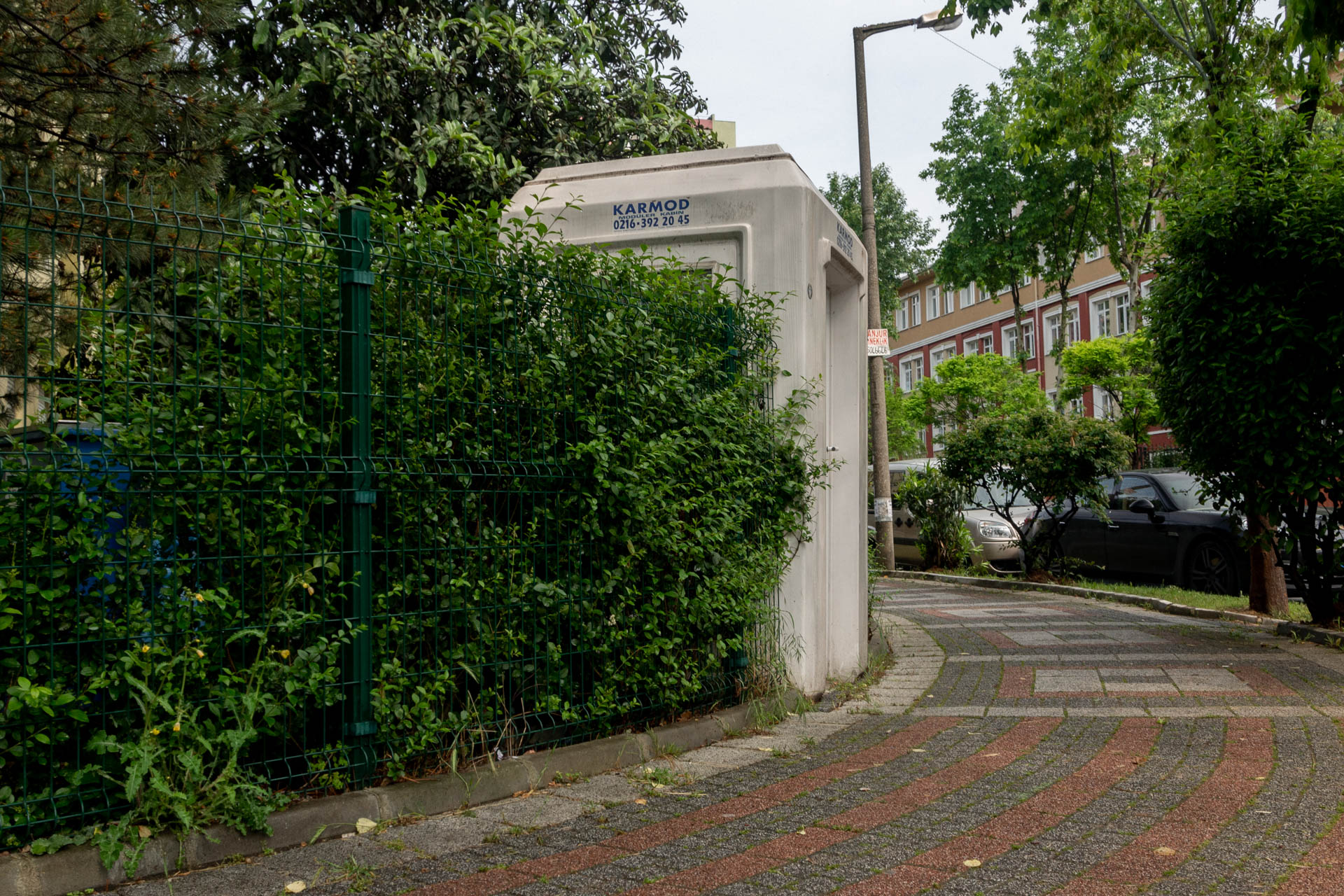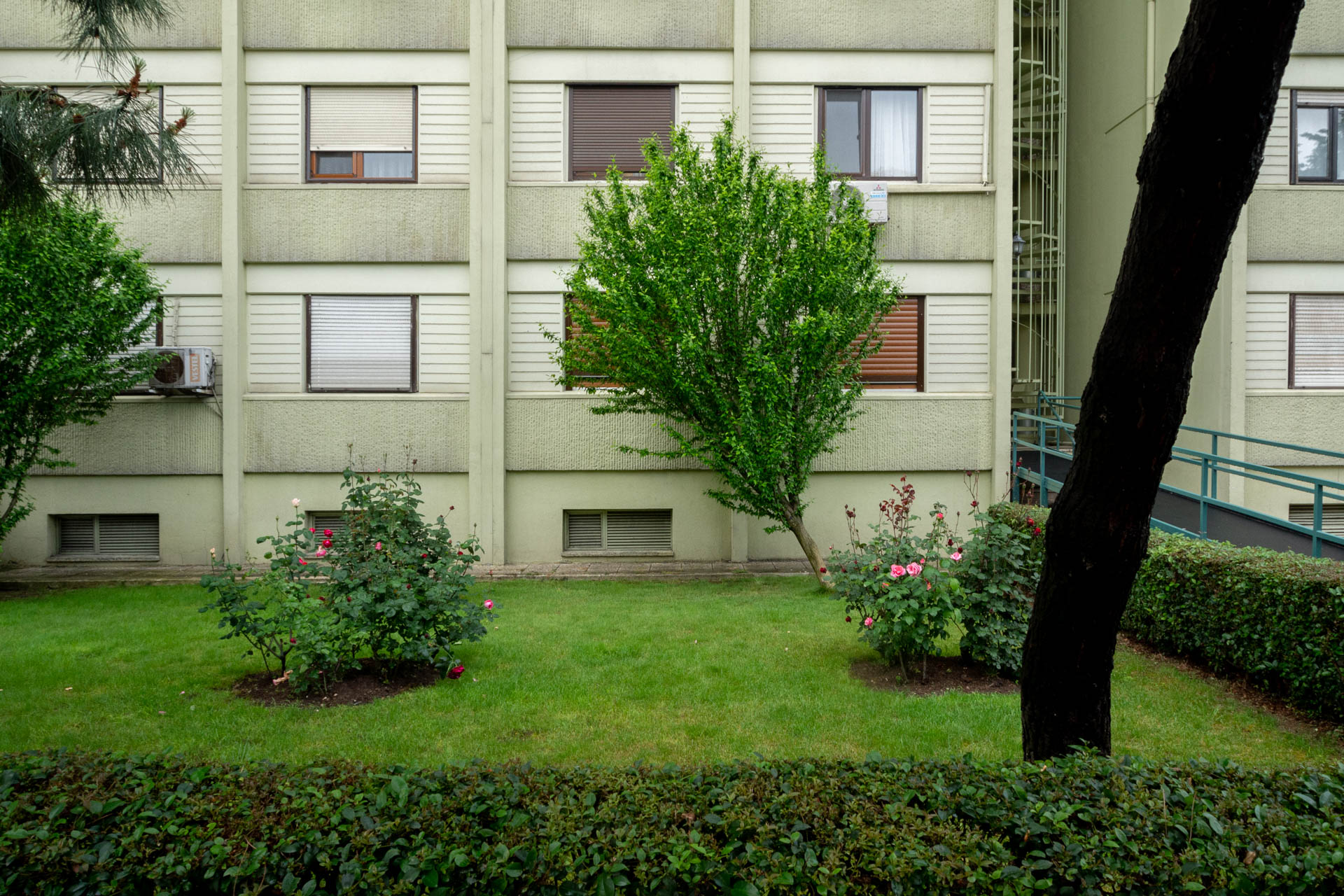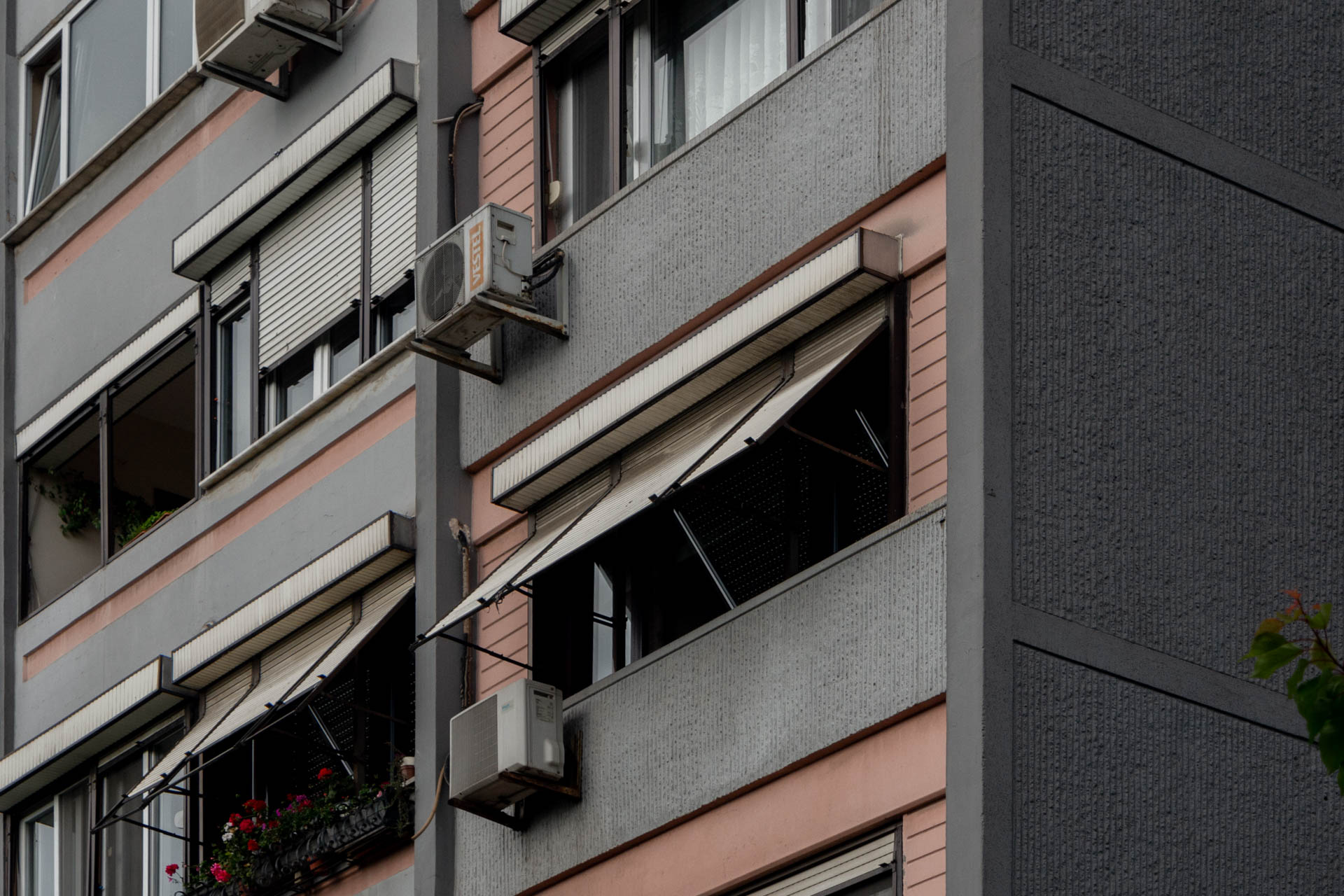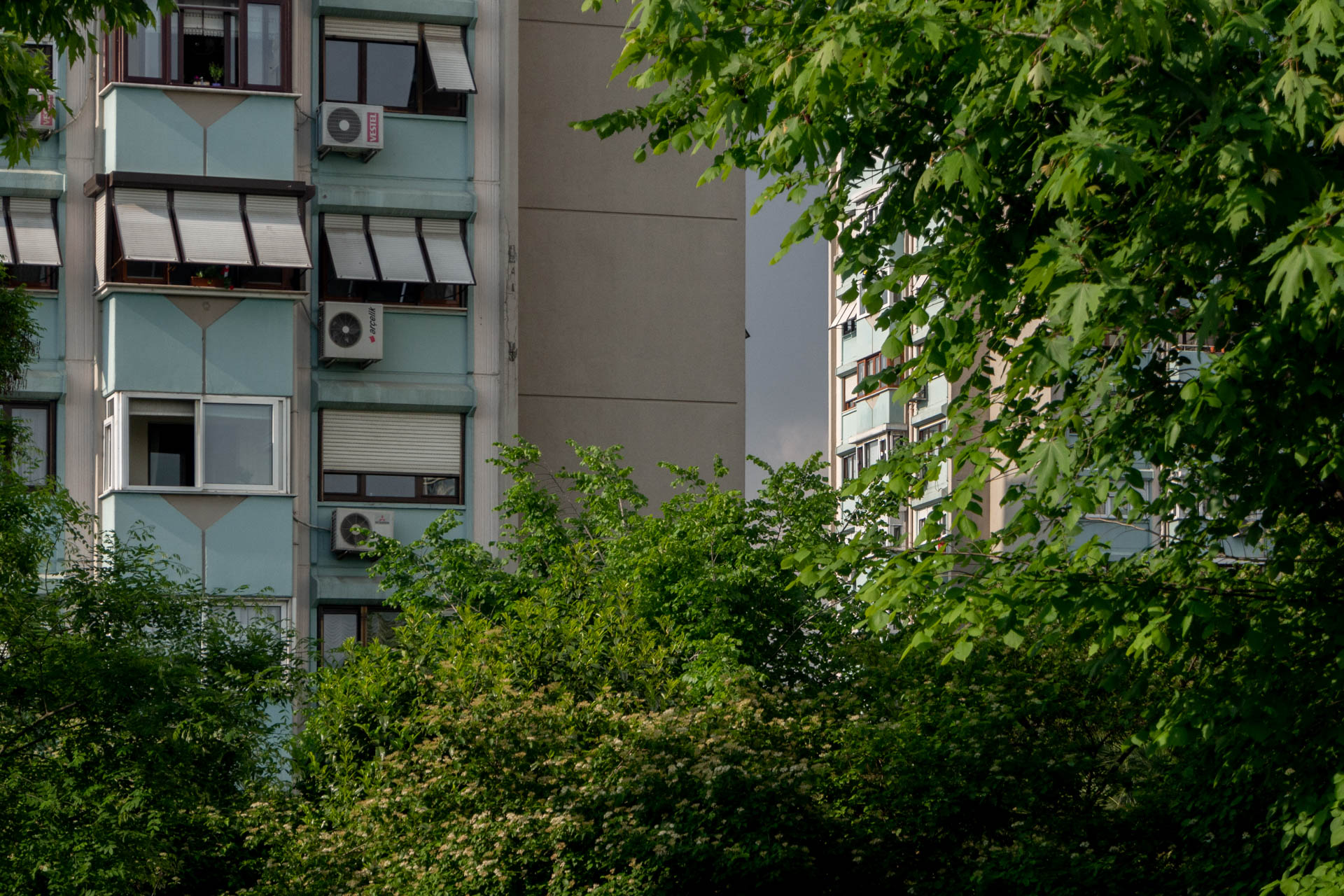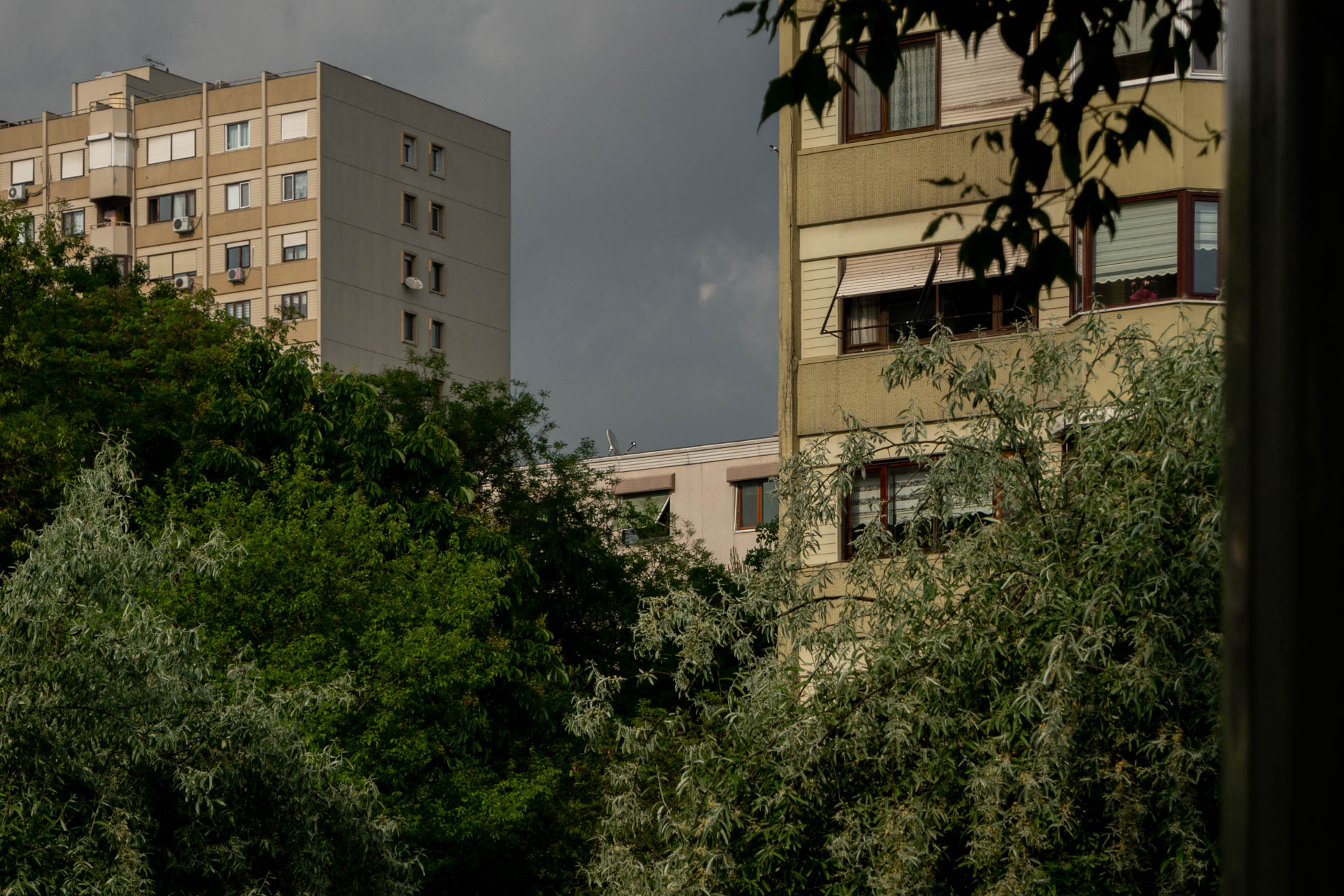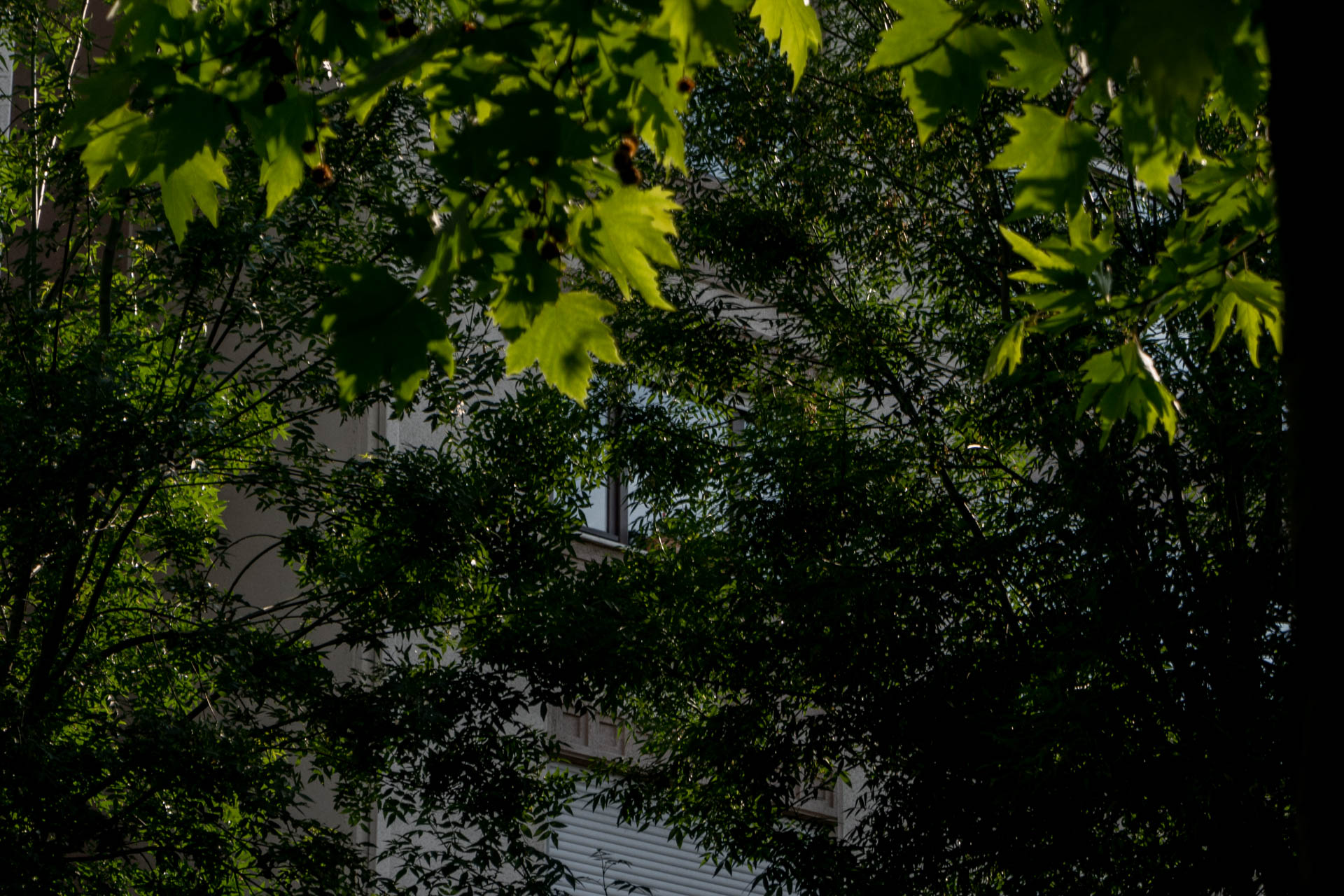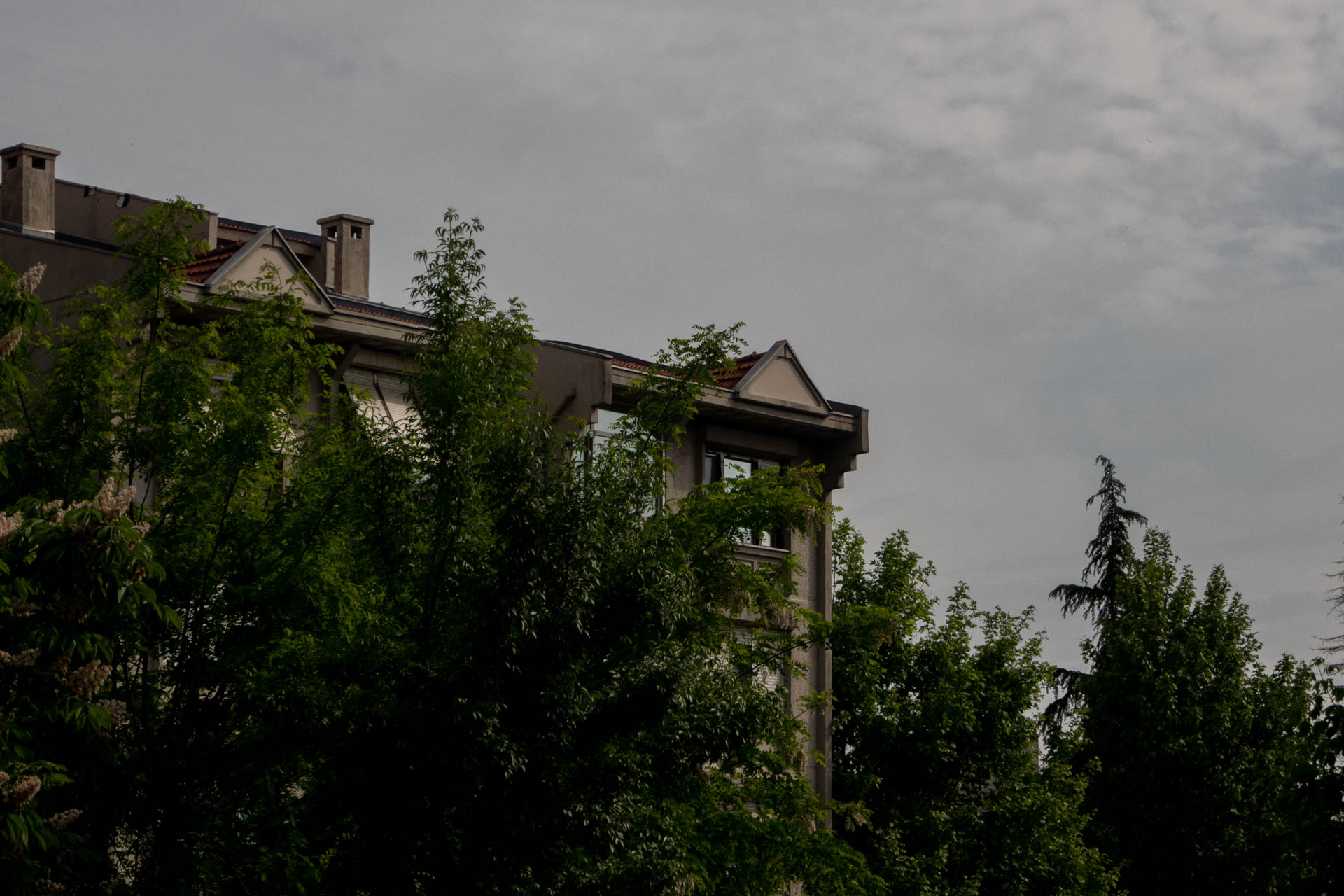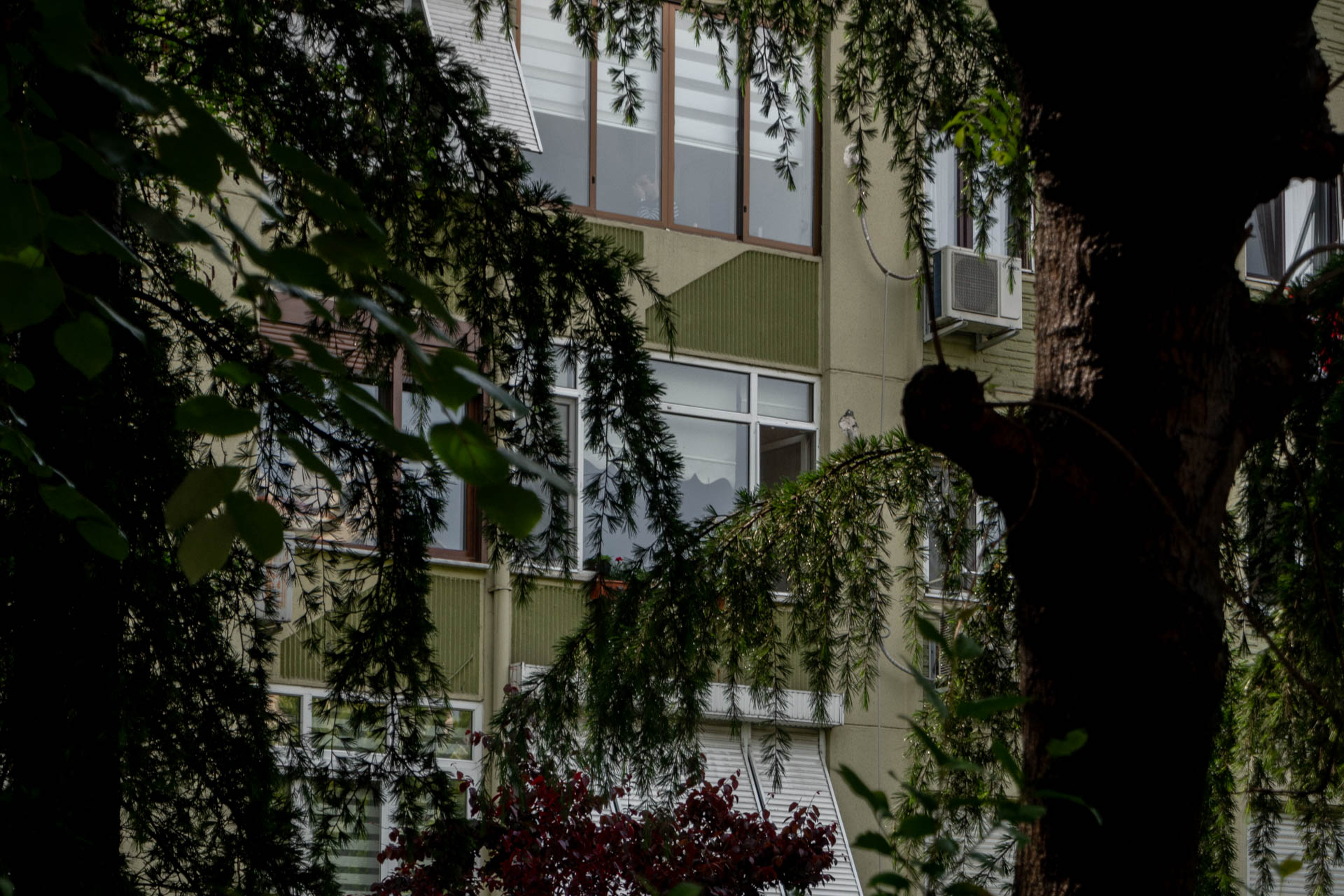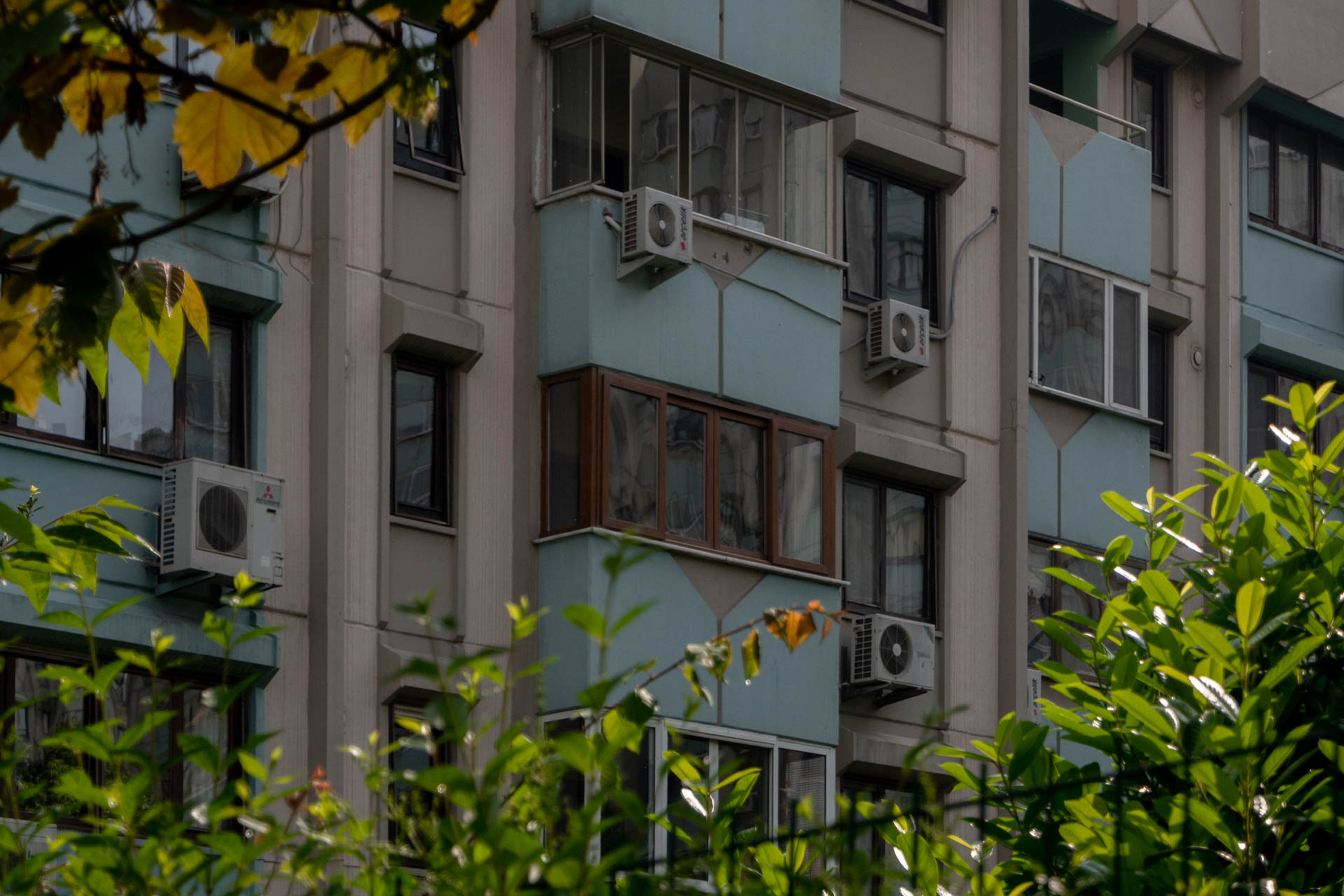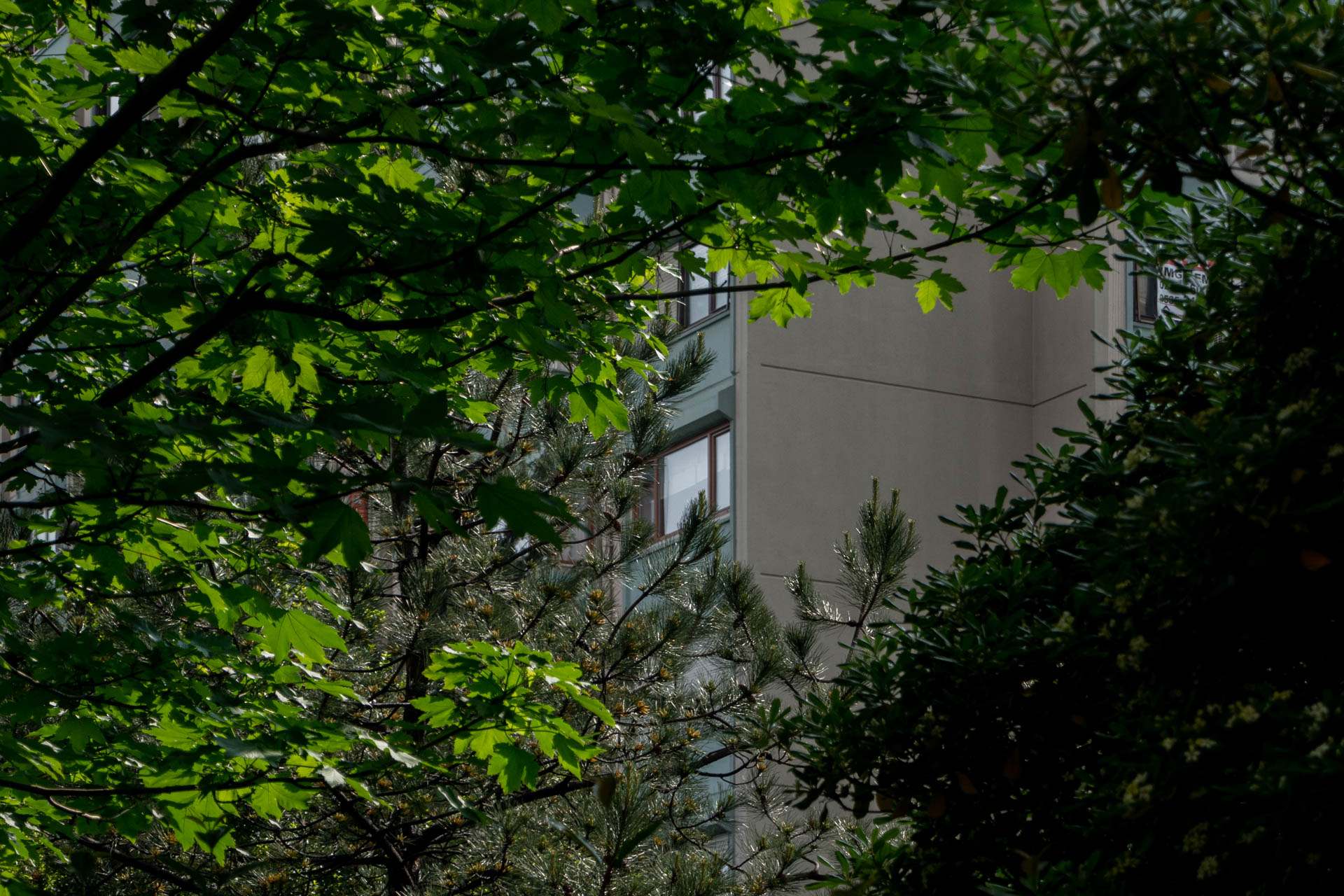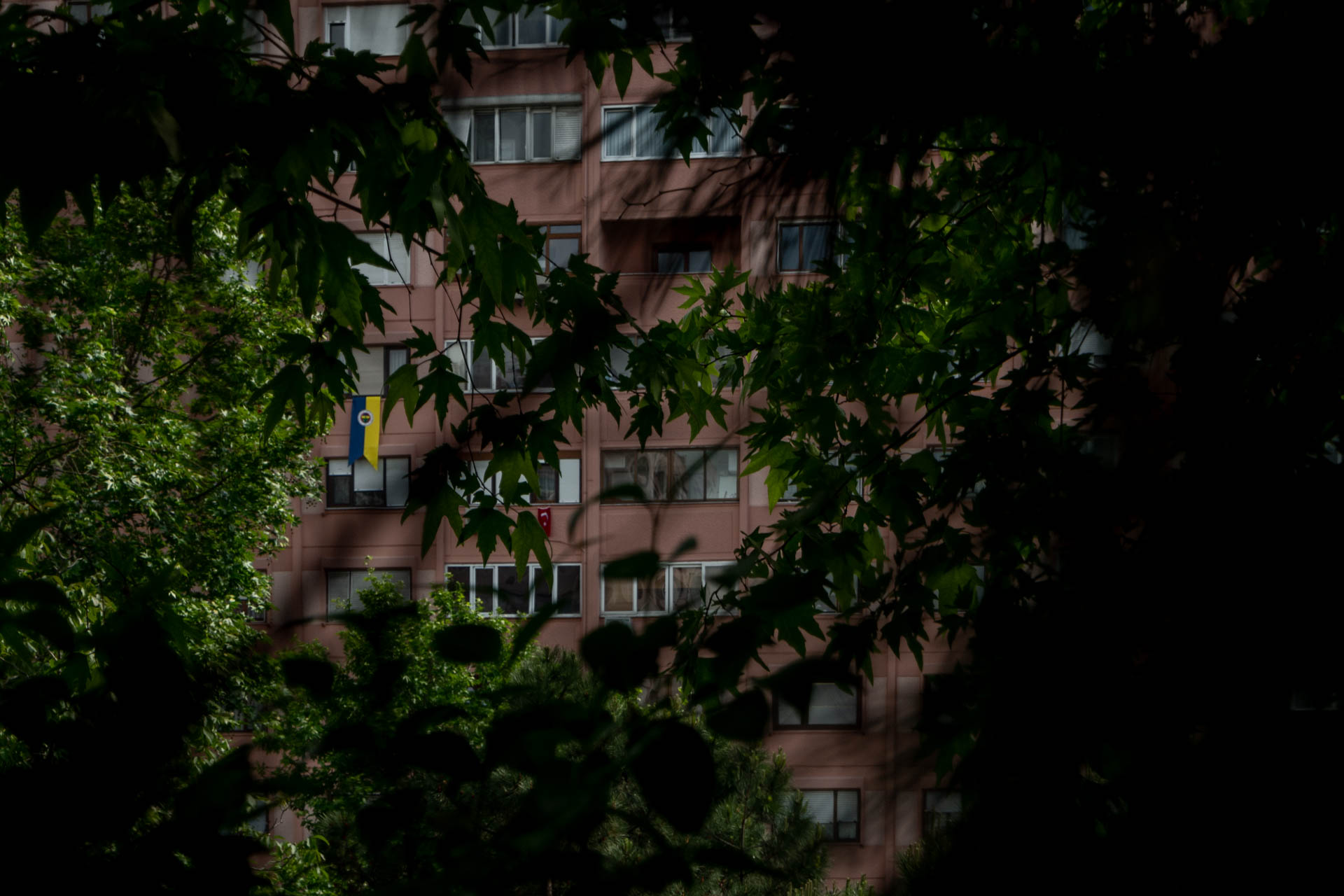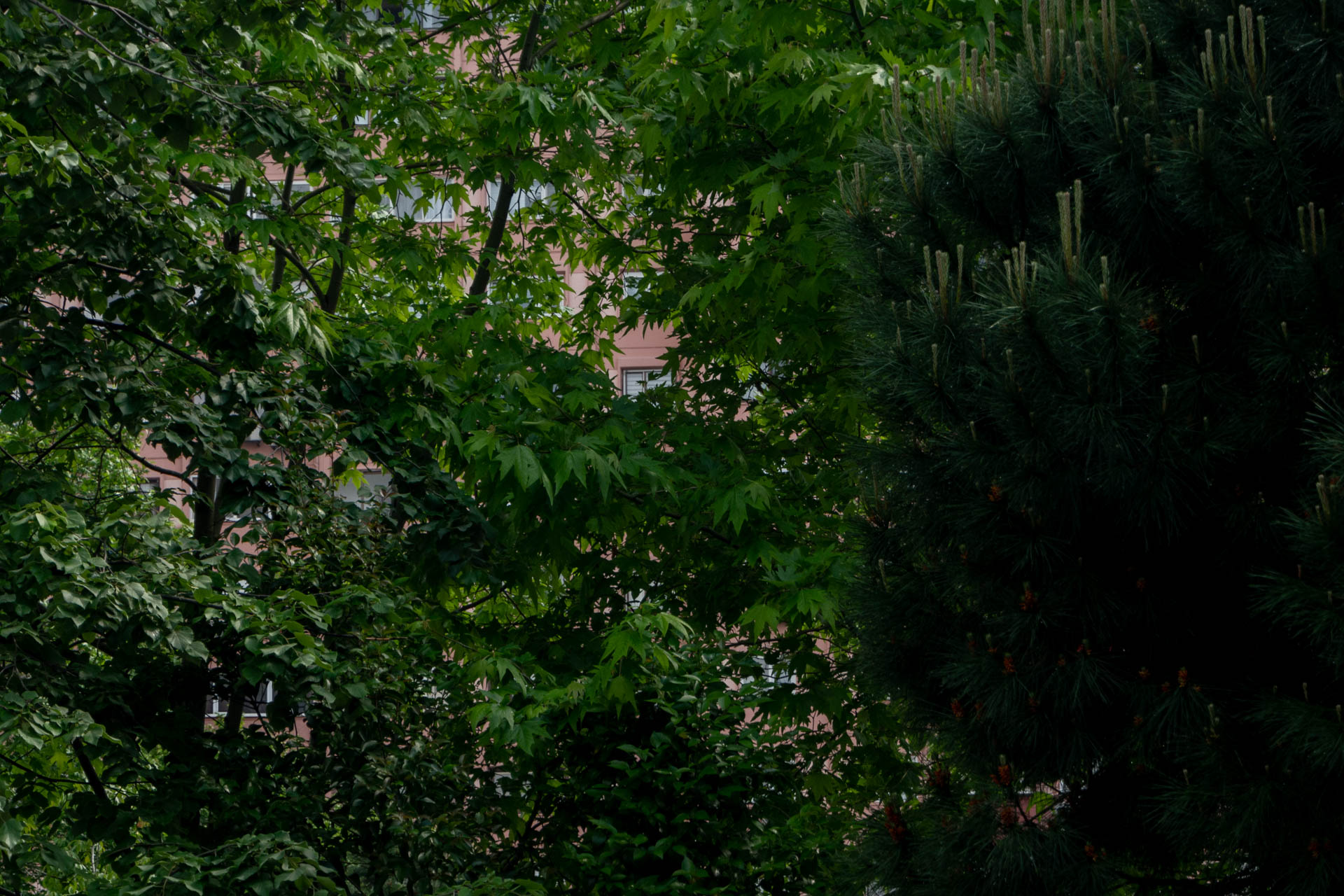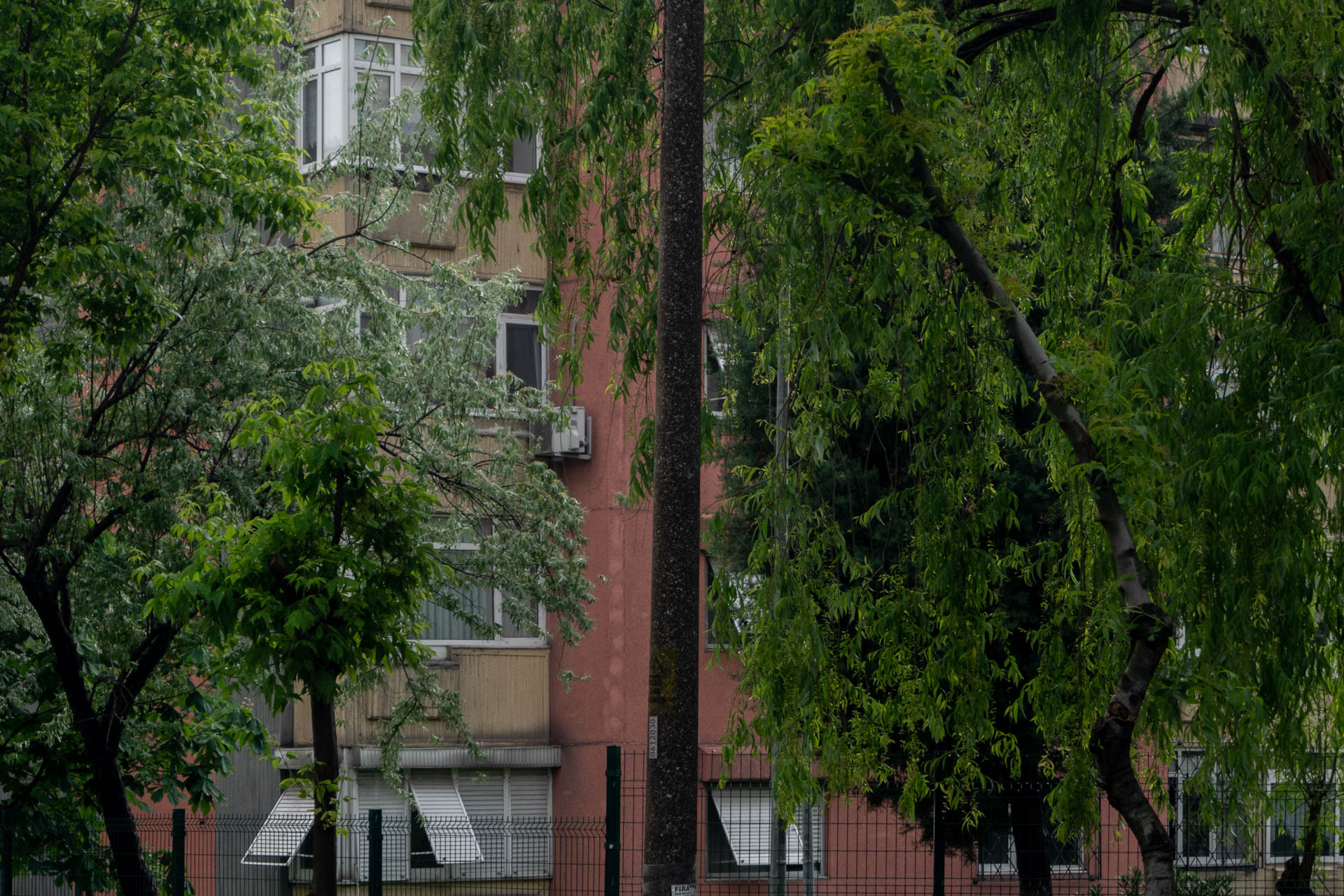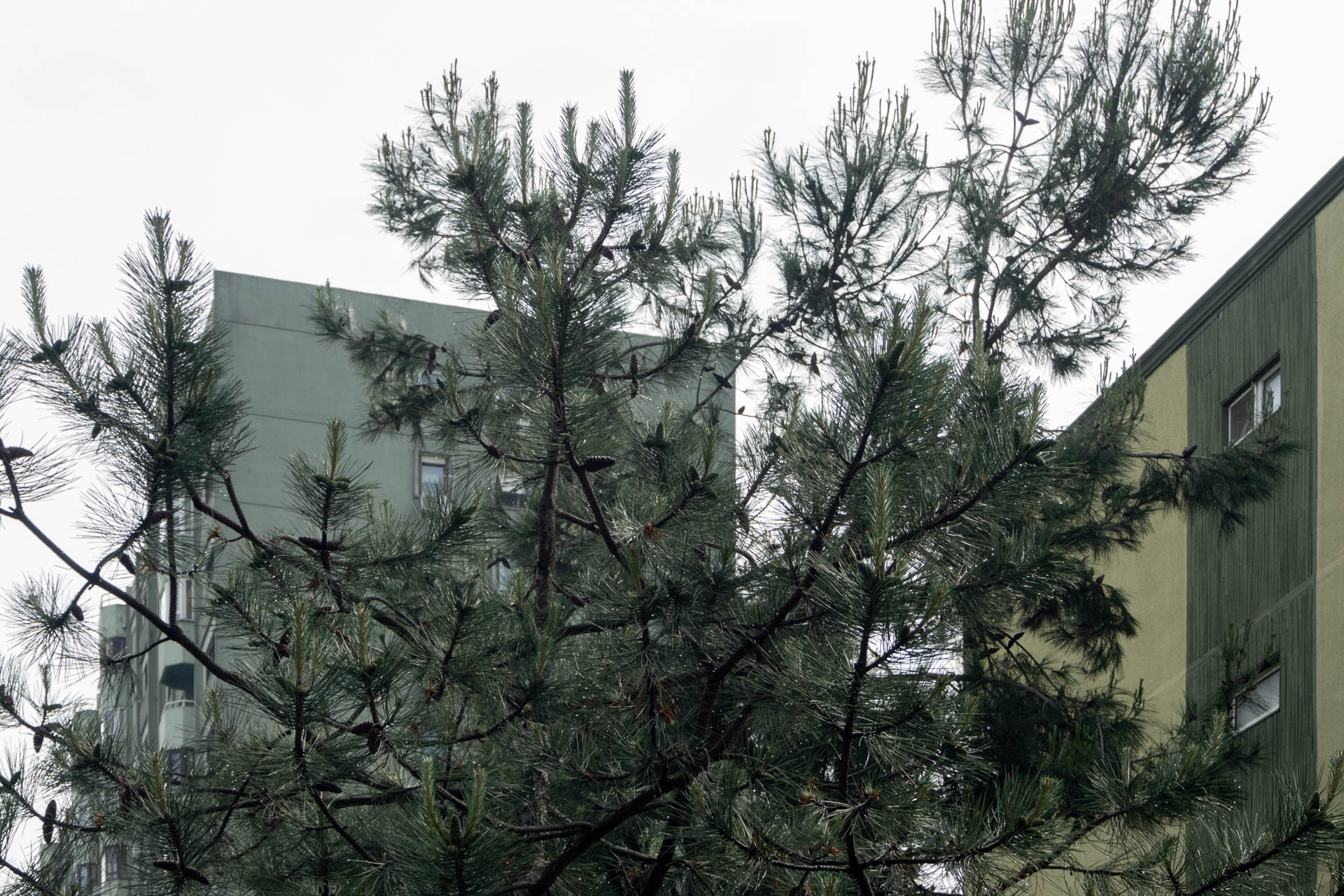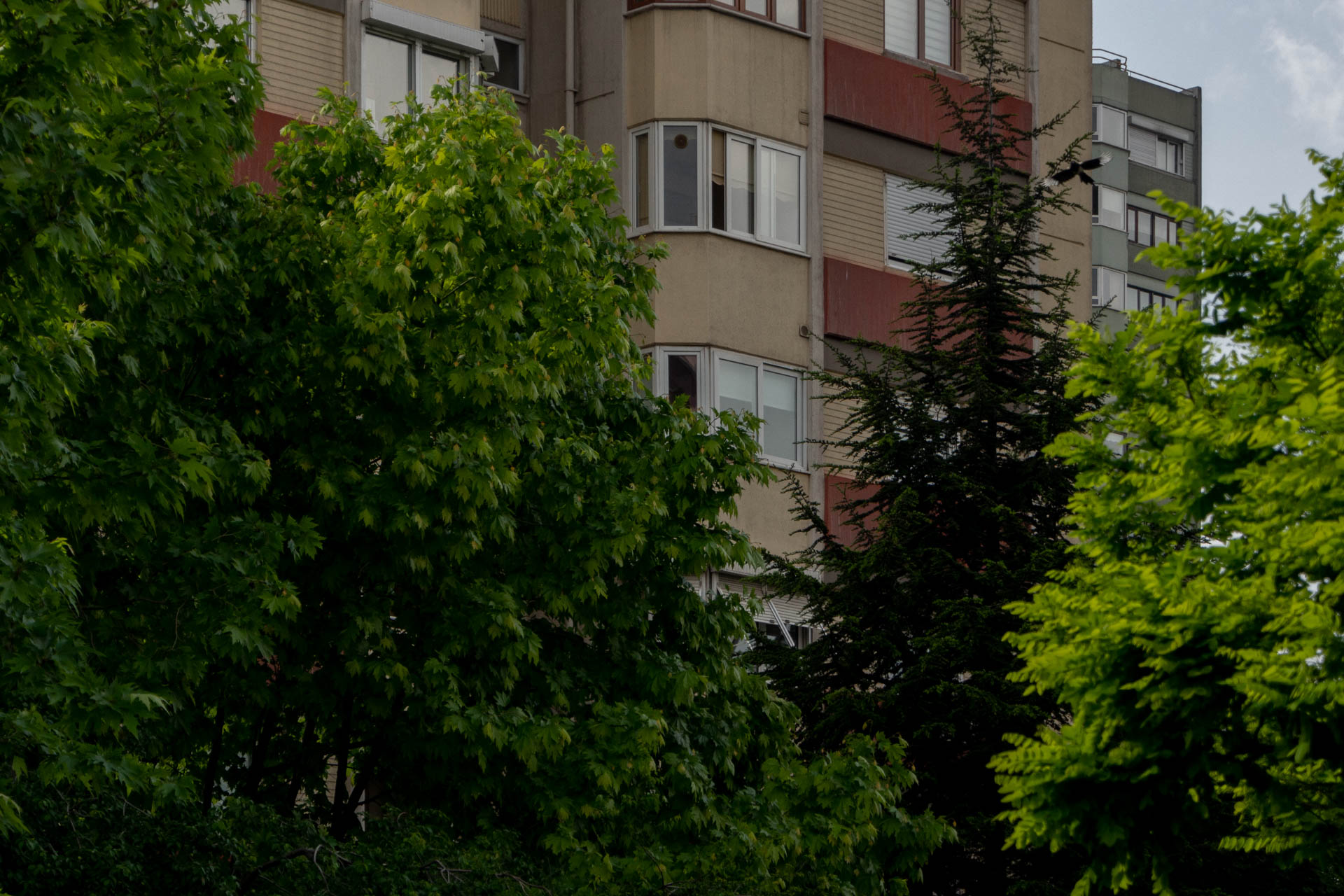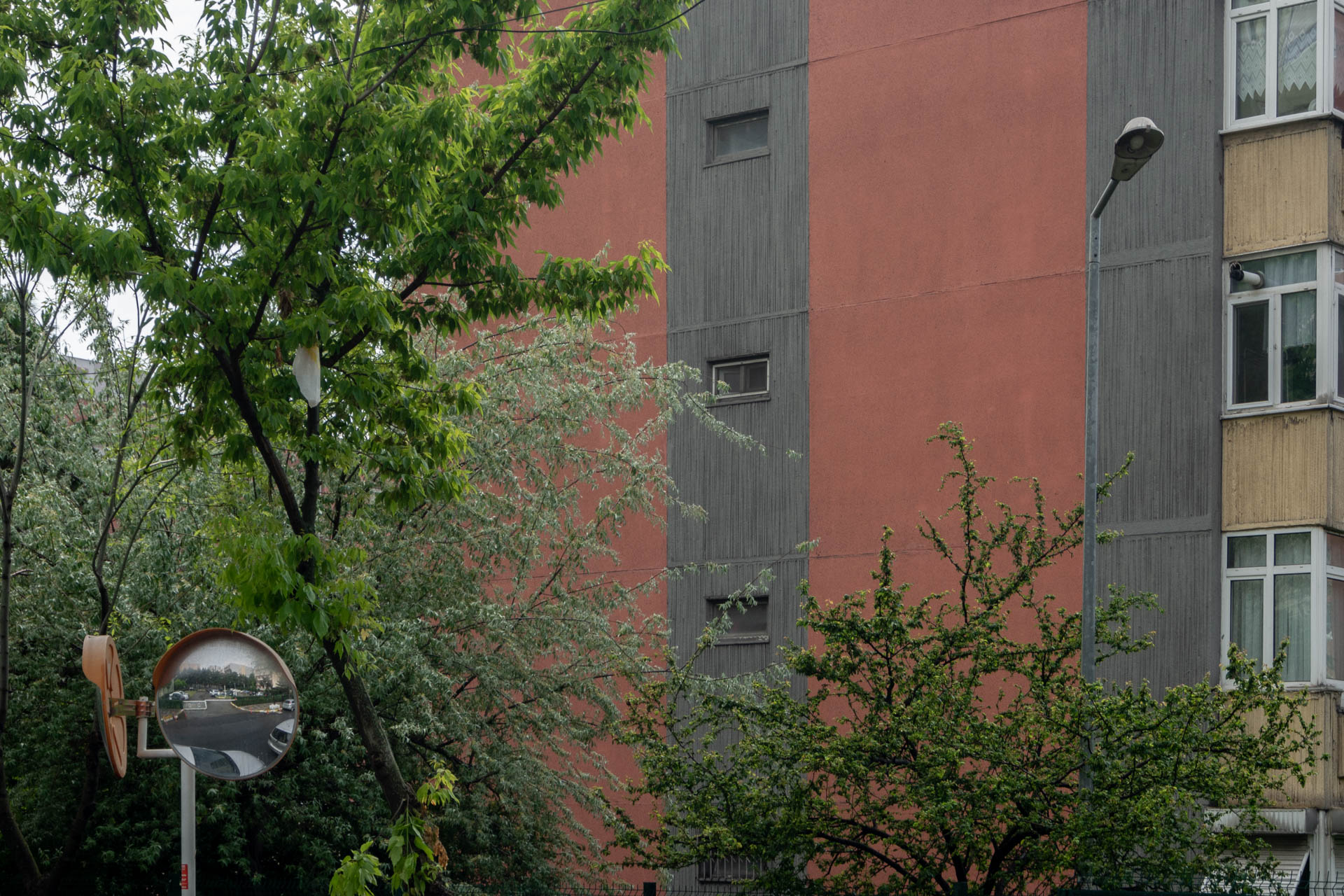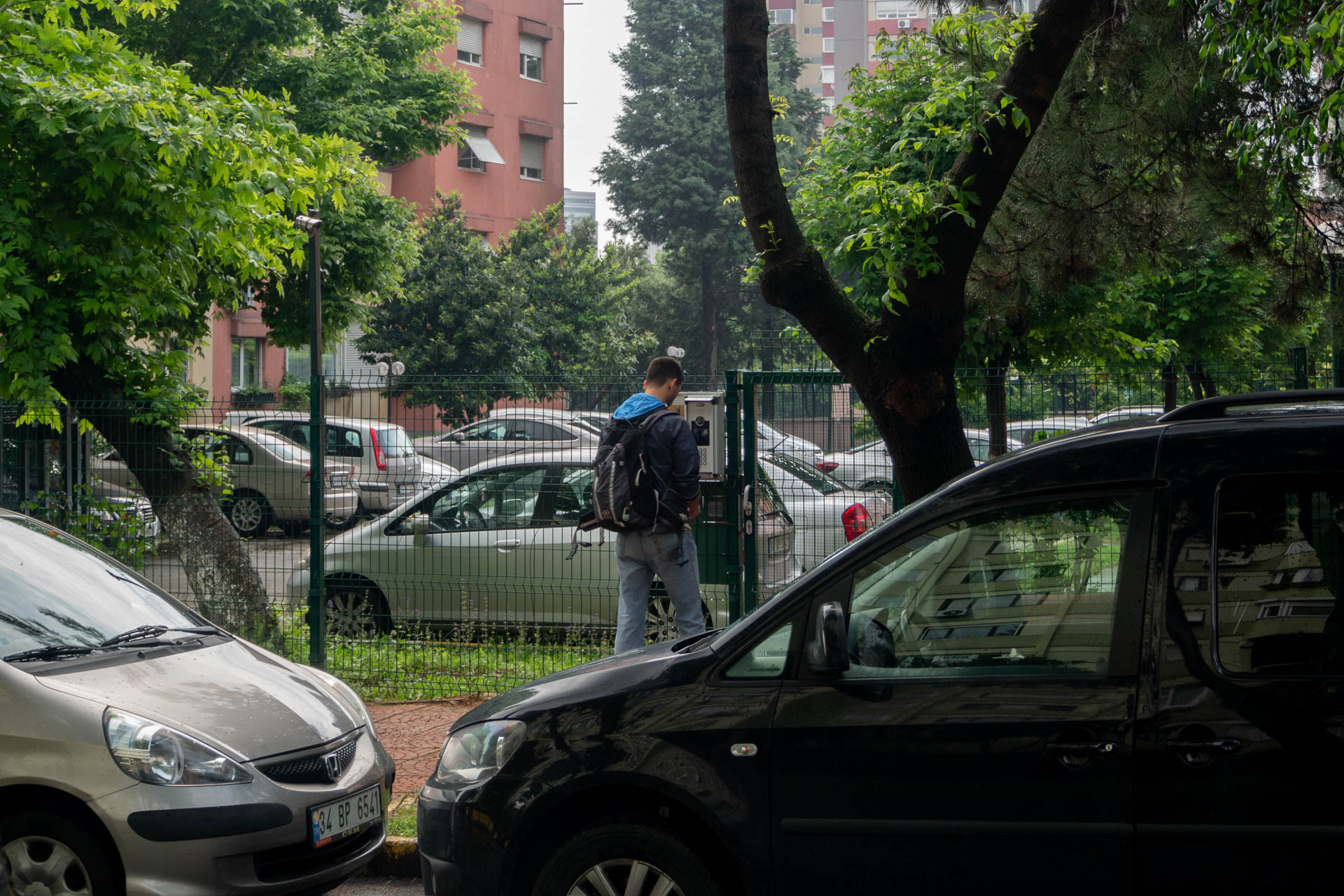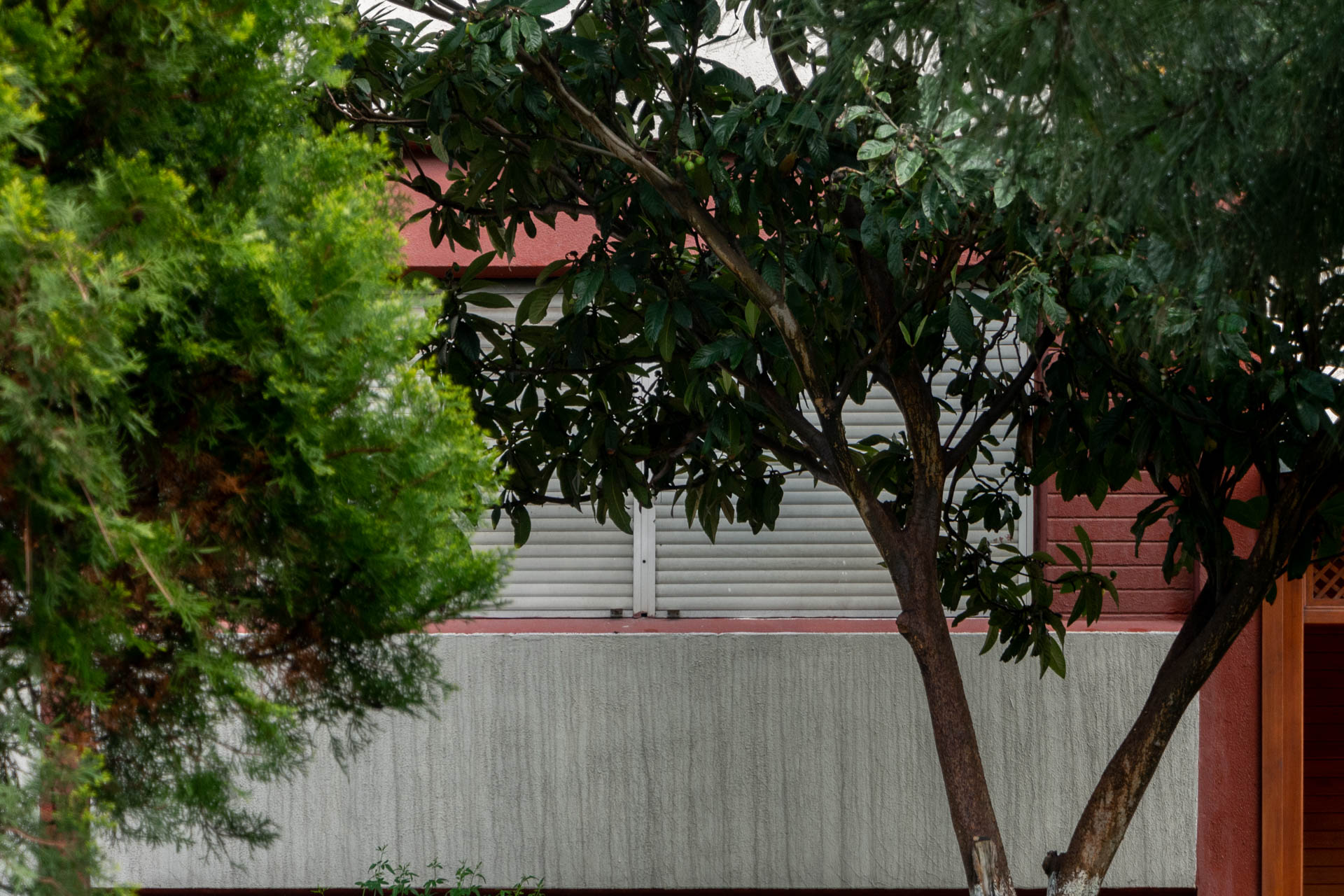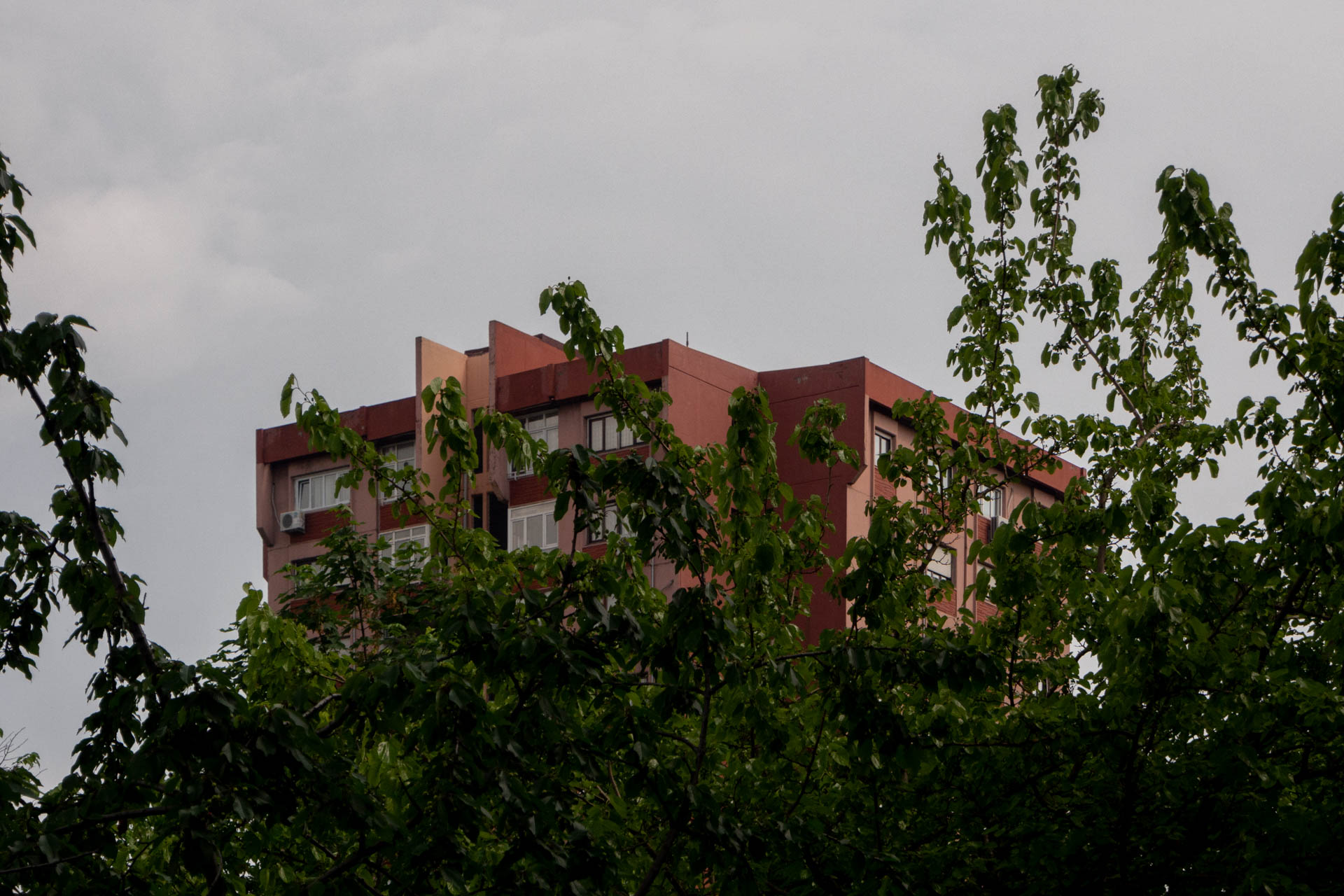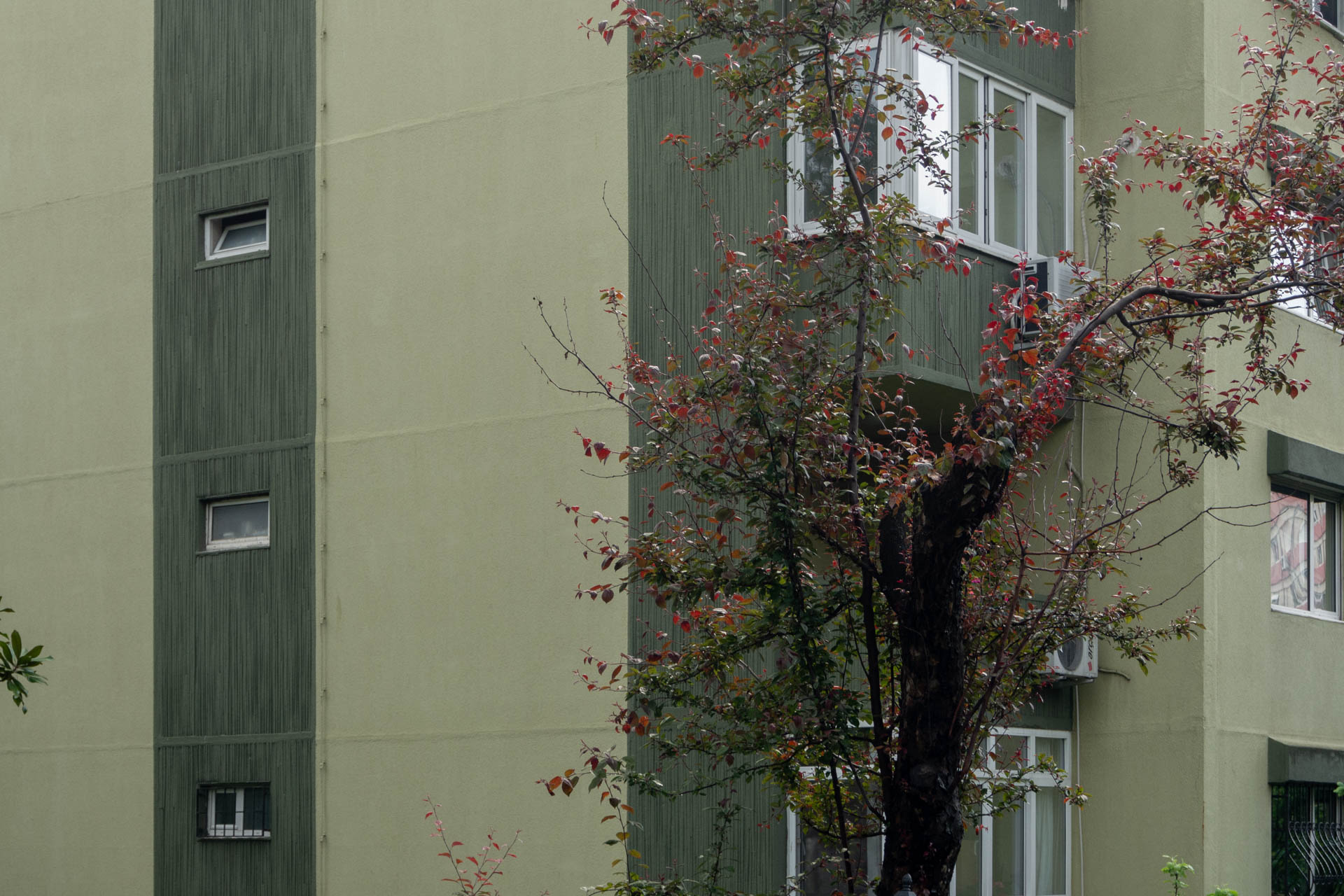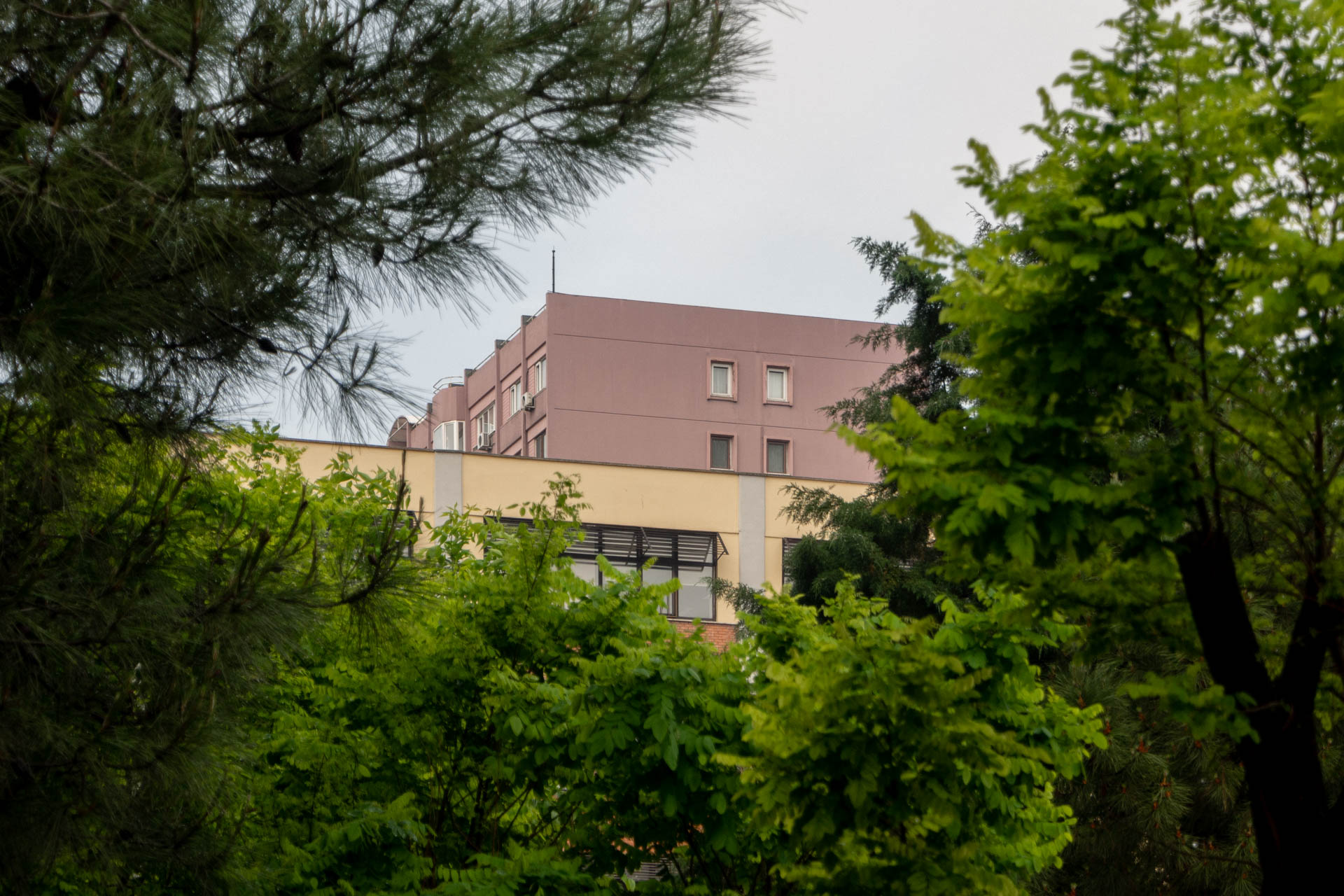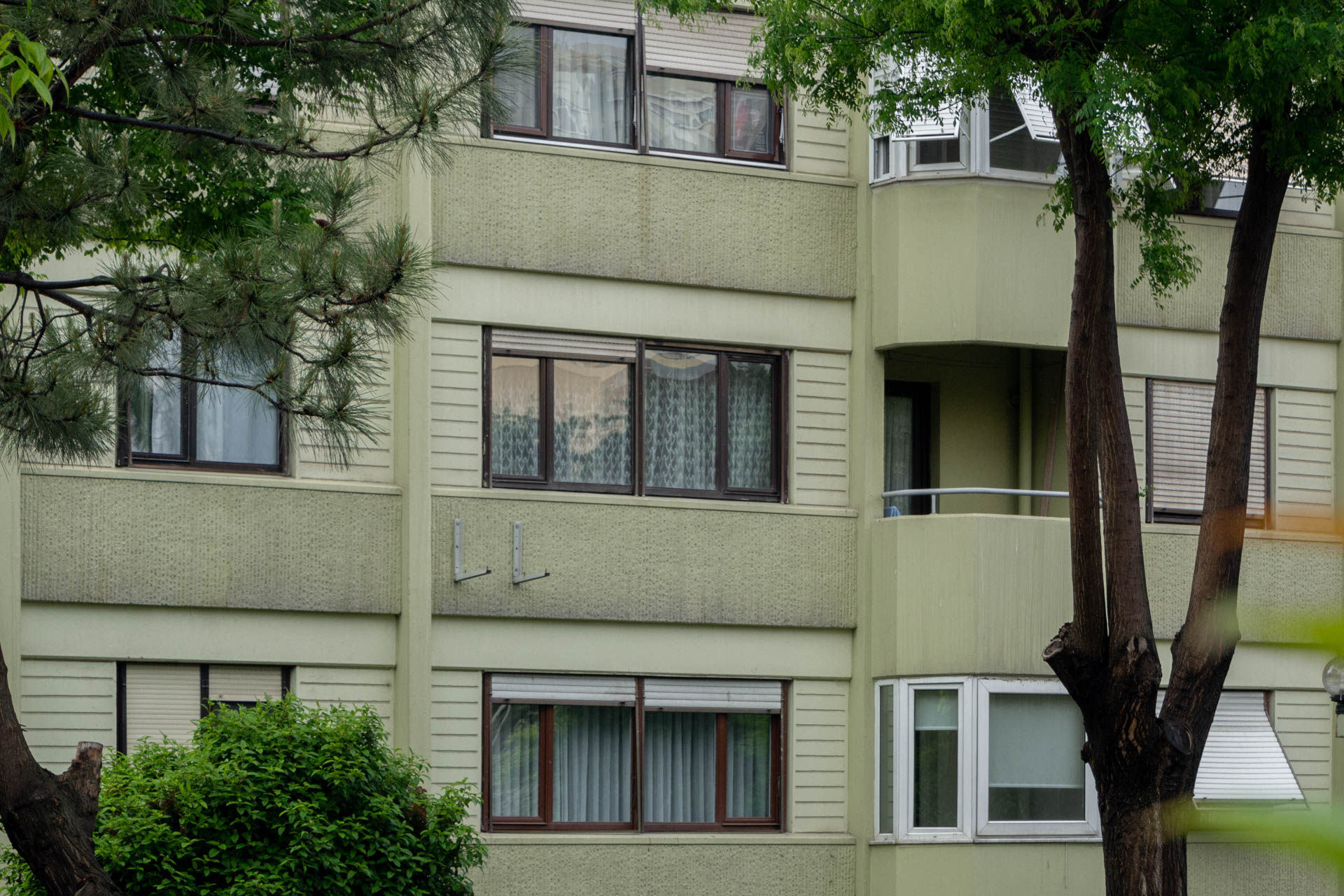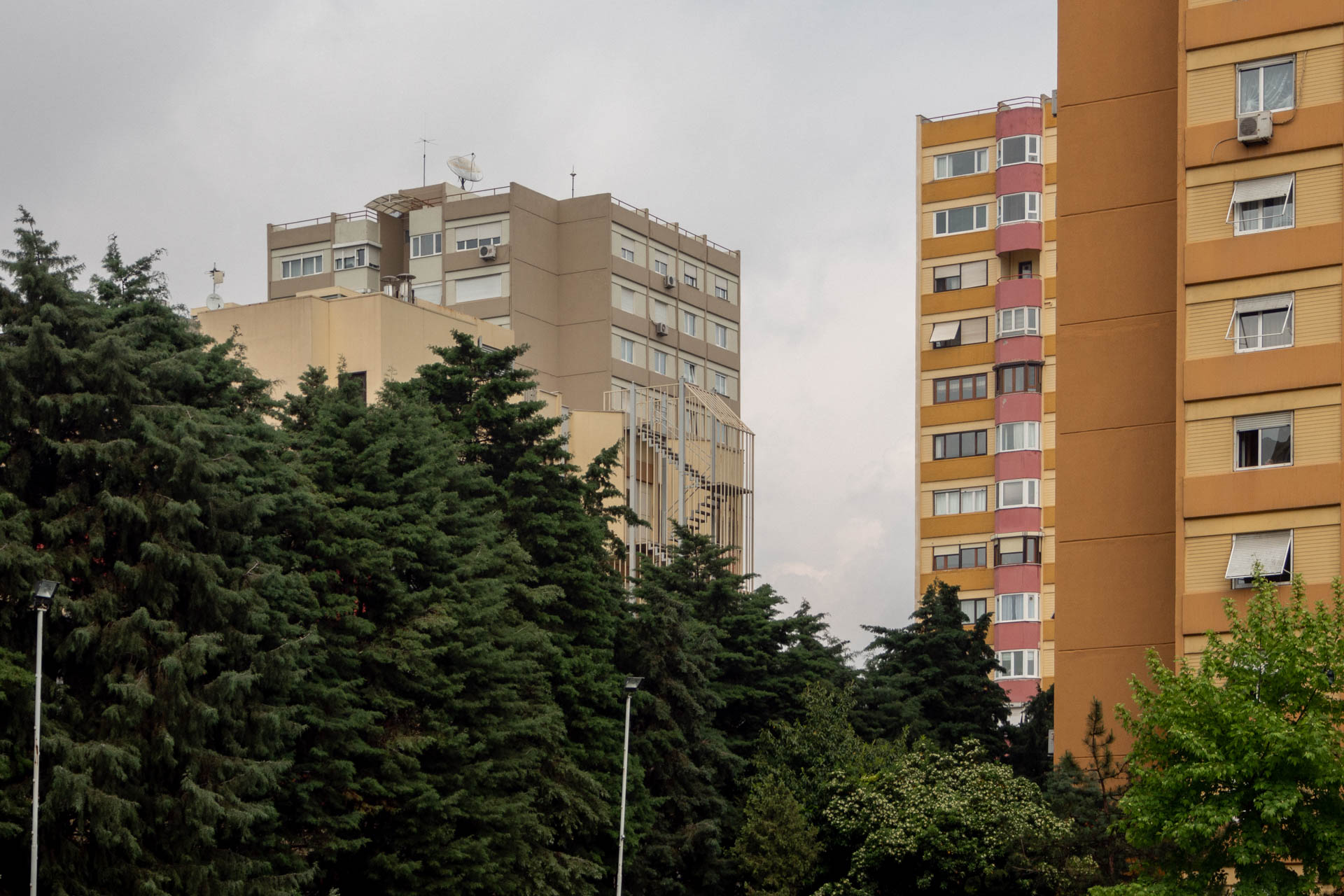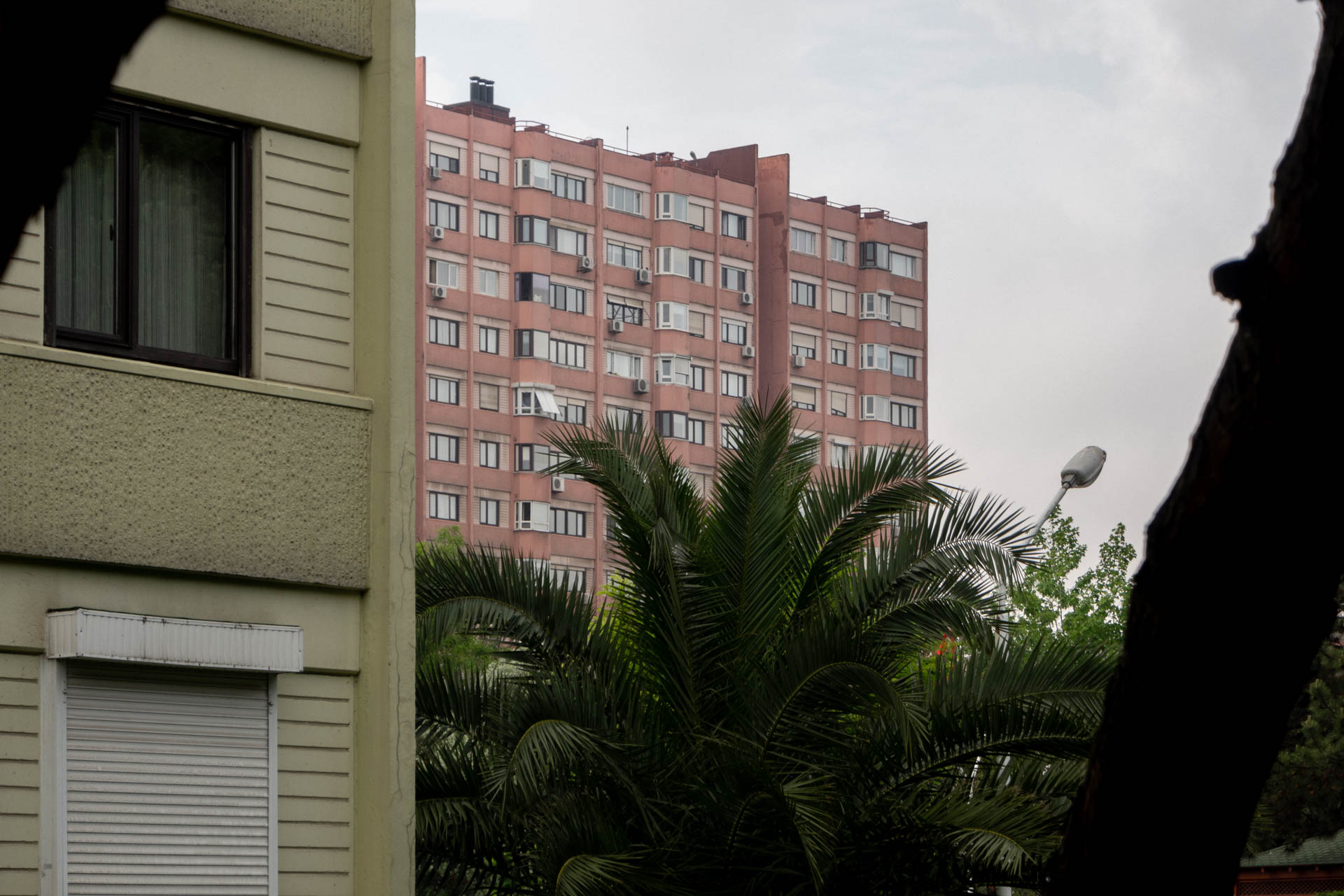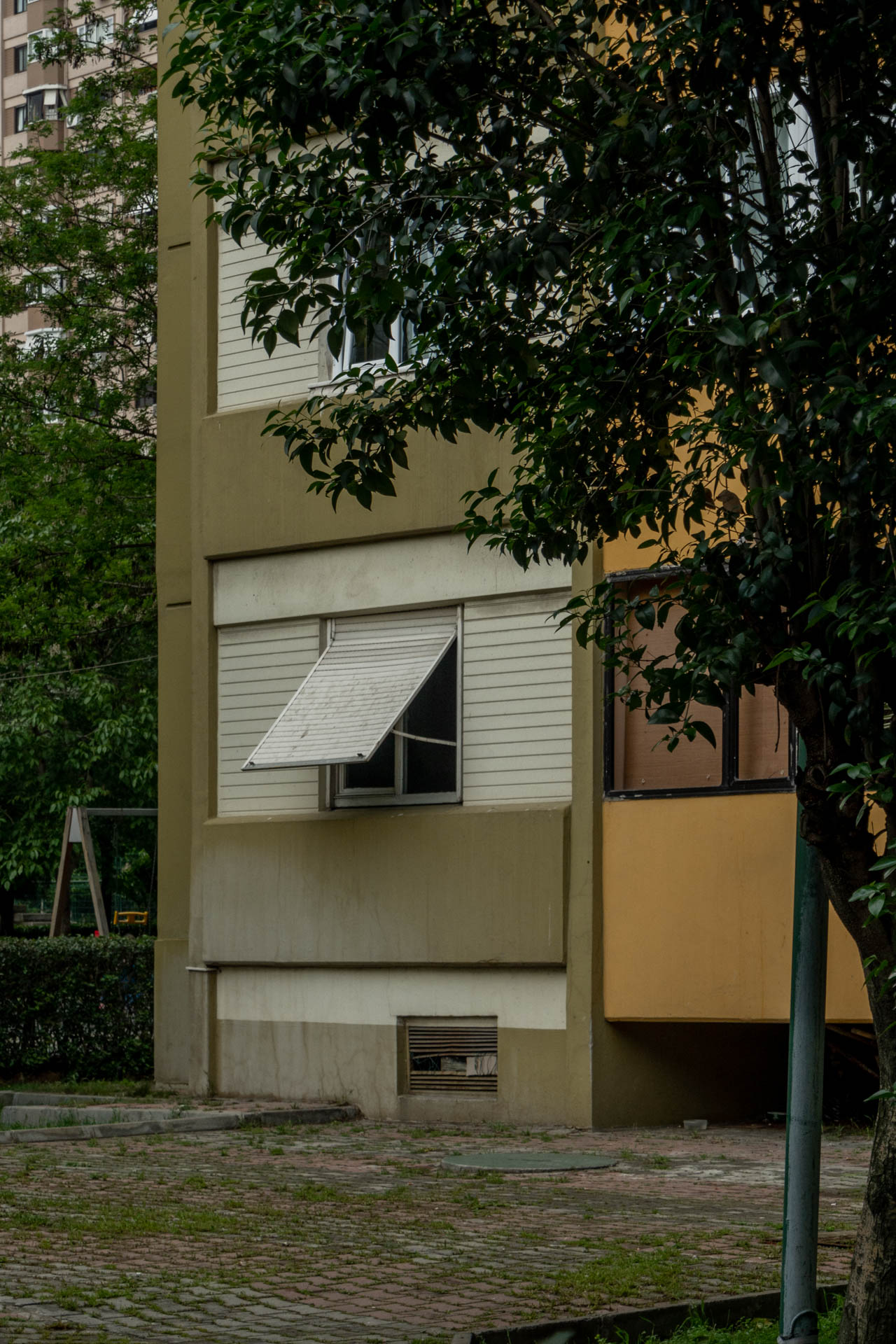Illusion of Safety
Photography Series
2014
Illusion of Safety questions the security paradox of modernist urban design in the context of Ataköy, a mid-20th-century mass housing complex in İstanbul, Turkey. Through its examination of how it evolved from a utopian communal experiment to a surveillance infrastructure-dominated landscape, the project critiques the way safety measures—cameras, watchtowers, and partitioned areas—act as symbolic gestures instead of actual protections. Photographic documentation and bodily exercises like walking bare the contradiction between lived life and mastered plan, exposing the exposures of systems favoring sight over actual safety.
Michel Foucault's explanation of control over space in Discipline & Punish: The Birth of the Prison puts this tension in place. His description of an isolated town—isolated doors, curfew-checked by syndics, punishments for defiance—rings through Ataköy's construction. Foucault's view emphasizes the way that disciplinary architectures, framed as measures to protect, are inevitably biased toward observation and psychological coercion. At Ataköy, open façades and green spaces, once symbols of modernist ideals, sit alongside gates and cameras, echoing Foucault's argument that spatial division induces obedience through perceived omnipresence rather than real protection.
Originally laid out in 1957 as a pioneering vision of communal living, Ataköy's architecture carried expectations of openness and accessibility. These ideals, though, gradually turned into security-driven interventions. Low hedges, initially aesthetic elements, are now sightline controllers; watchtowers, who were not part of the initial drawing, serve as an indicator of priorities that have changed. These interventions, even though visually imposing order, do not address vulnerabilities at the system level. Crime does not persist because they were not there but because their symbolic role takes precedence over functional intent. The photographic practice of the project documents this futility: sleeping cameras, weeds overgrowing fences, and open gates—perspectives that frame security infrastructure as static remnants of anxiety.
Walking down Ataköy's streets unsteadies further its discourse of control. The act of seeing—pausing at checkpoints, photographing decaying borders—is a deconstructive critique. Buckminster Fuller's "dome-organism" concept, envisioning buildings as integrated systems, is ironic. Ataköy's concealed plan, now derailed by checkpoints, fosters claustrophobia rather than community. Repetitive balconies and repetitive facades, snapped in bleak opposition to utopian drawings, elicit how isolation thrives under the guise of protection.
Lastly, Illusion of Safety positions Ataköy as a miniaturized version of urban space where fear legitimizes aesthetically mediated control. The piece argues that safety, if shortened to spectacle, erodes collective trust. In that it focuses on photographic inquiry and spatial engagement as its main agendas, it argues against the notion that surveillance equals security, instead positing that resilience stems from remaking communal spaces outside of the panoptic eye.
